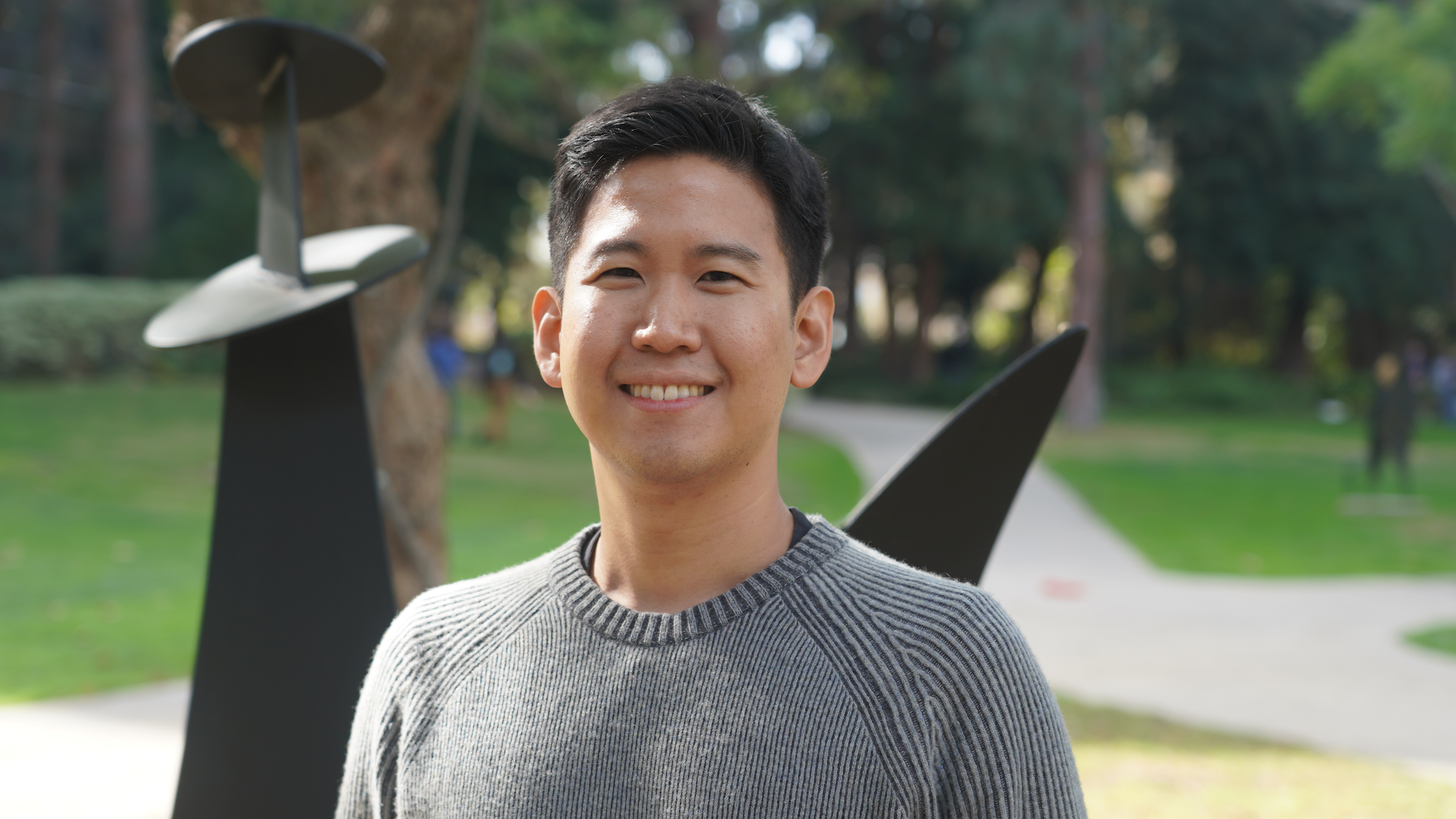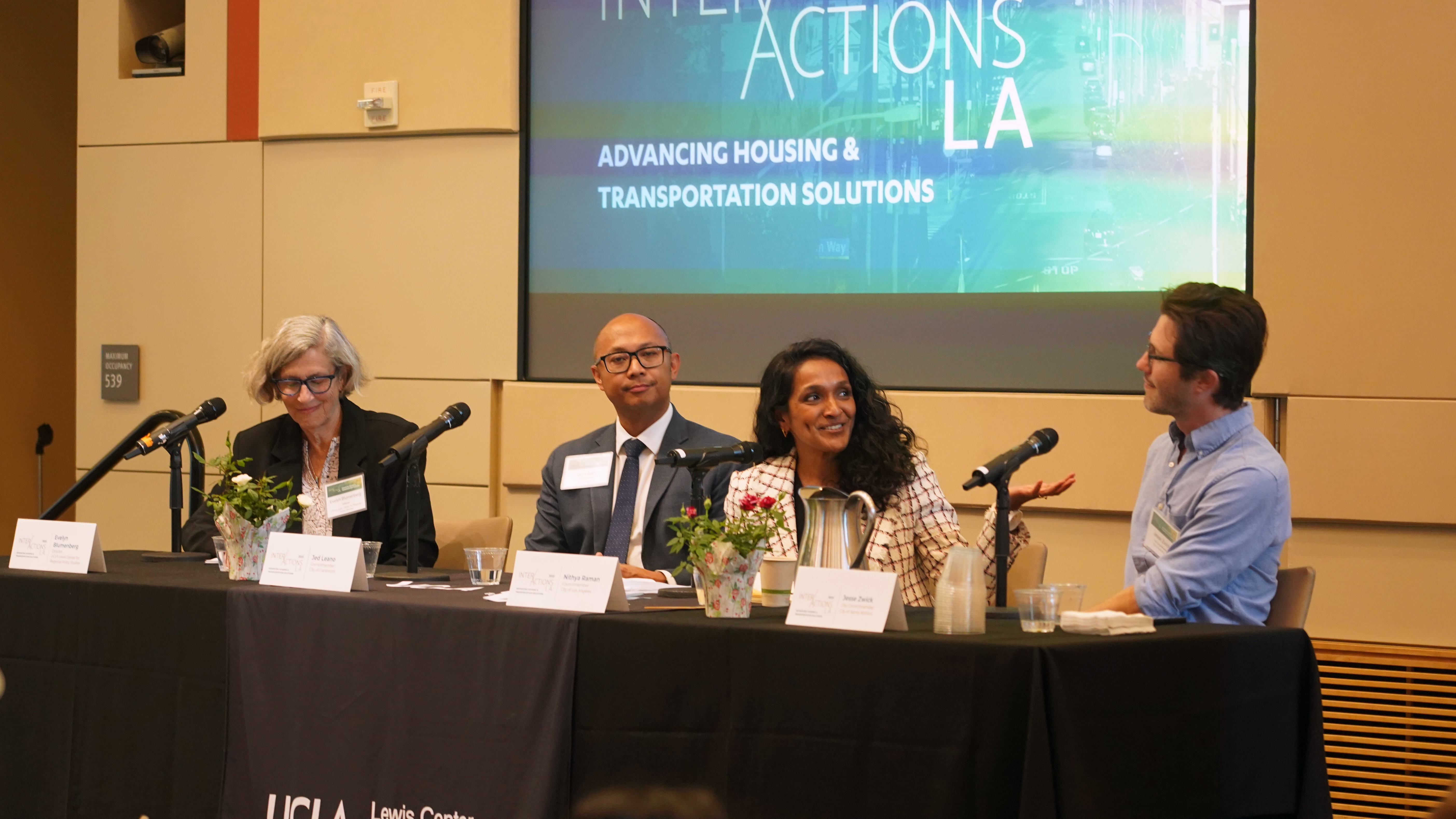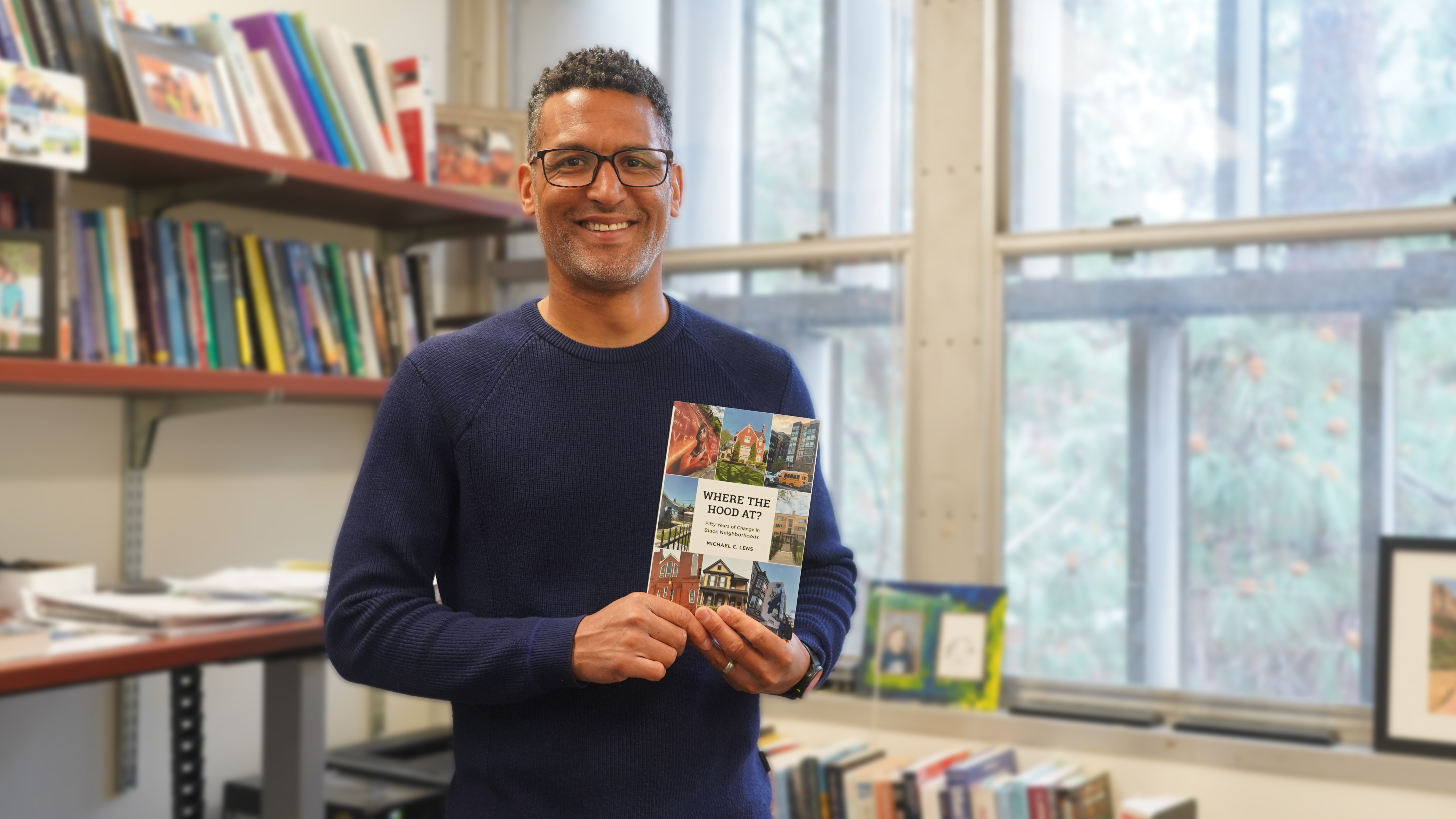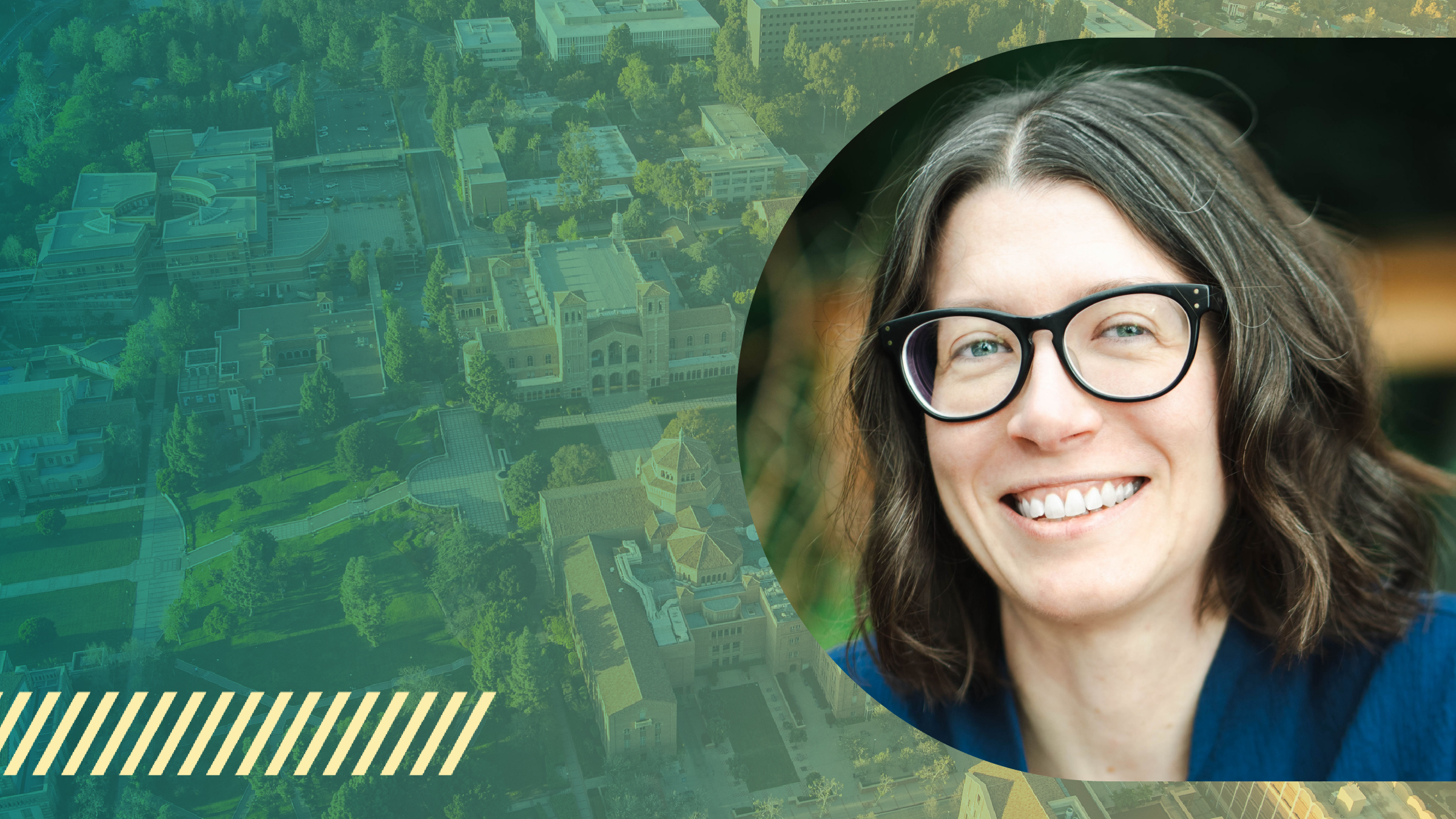
New transportation postdoc looks for human stories in urban planning research
By JOEY WALDINGER
As the Lewis Center’s newest postdoctoral scholar, Sang-O Kim works at the intersection of travel behavior, aging populations, and gender, drawing on his multicultural background and mixed-method approach to study how transportation solutions can help residents get the most out of the cities they live in.
“What I realized over the years is that the built environment is sticky. Once it’s in place, the built environment is slow to change,” Kim said. “If we can’t change the built environment to maximize the utility of the people living there, then what we need is better transportation to get to destinations where they’ll derive utility.”
A focus on health care access for seniors
Though Kim’s research interests are broad, he is currently focused on Non-Emergency Medical Transportation, a service that helps Medicare and Medicaid patients access medical appointments.
Kim says NEMTs are often overlooked in both transportation and public health discussions, and he hopes to improve a basic understanding about who provides the service, their trip characteristics, and whether there is an accessibility gap between those who use it and those who don’t.
Then there are the ramifications from the competing ride-hailing industry. Uber, for example, has begun to offer NEMT services through its Uber Health platform and, according to Kim, some municipalities are exploring options to contract them as the main NEMT broker. .
While these advances could result in better health outcomes for older adults, they also raise deep questions about equity in health care access in the United States, Kim said.
“Is this a piece of transportation that we should let the for-profit private sector take the leadership on or is it something that, for the good of the people, the public sector should lead?” he questions.
Global influences
Kim traces his interest in such questions to a 2009 field trip to Marrakesh, Morocco, during his senior year of high school. Kim was fascinated that neighborhoods developed by French colonizers resembled most Western metropolises, while the historic Arabic core maintained a unique built environment and architectural characteristics, with what can be described as multimodal mobility systems including ox cars and three-wheel motorbikes.
Years later, after a stint in international diplomacy in Austria, Kim returned to South Korea for a bit of soul searching, and he was struck by a realization.
While at home, Kim’s grandmother fell ill, and he became her caregiver. Accompanying his grandmother to appointments across Seoul, Kim realized that despite the city’s technological achievements and vast transit network, it still posed challenges for his aging grandmother to navigate.
“I began to realize that seniors are the fastest growing demographic population group, and it seems like awful little has been talked about the mobility challenges of seniors, and what planning can do about them” Kim said.
Research focused on people
That inspired Kim to earn his master’s of urban planning from University of Southern California and his doctorate in city and regional planning from Cornell, where he published a dissertation examining family care, aging society, and travel behavior.
Kim’s experience working on several continents and in different fields influences his approach to research. After living in many different cities, Kim knows the best way to learn about a place is to talk to its people, a major reason he incorporates qualitative data like interviews and focus groups into his research.
“The things that move the hearts and minds of people, and the really interesting data, often come directly from people,” he said.
Kim also values collaborative research, and is eager to join some of the Lewis Center’s innovative ongoing projects, including a study on Los Angeles’s Universal Basic Mobility (UBM) program.
Being at the Lewis Center and the UCLA Luskin School of Public Affairs comes with its perks.
“You have the highest concentration of the brightest minds in transportation across America in this building,” he said. “The ideas bouncing around and the things people utter in the hallway are fascinating. … I can really feel that synergy in transportation research.”



